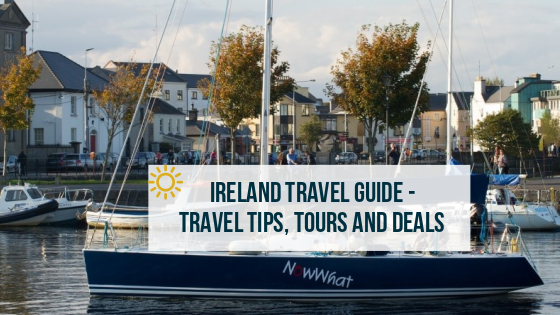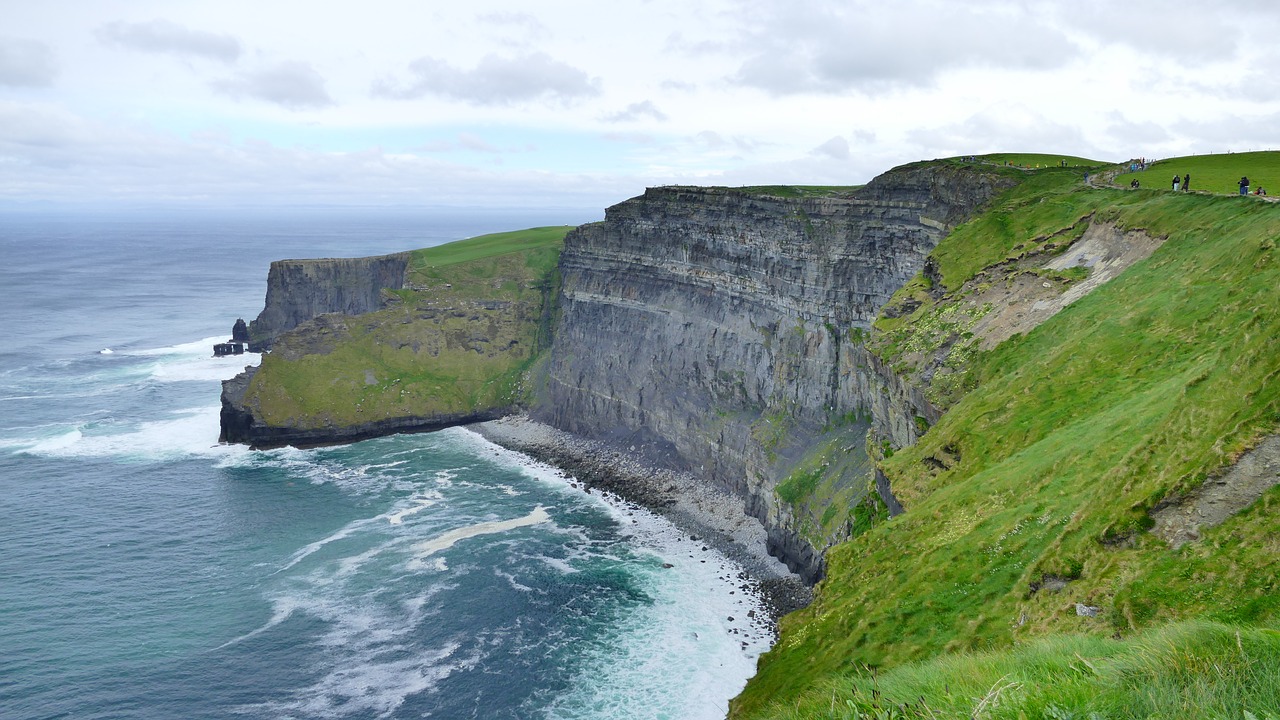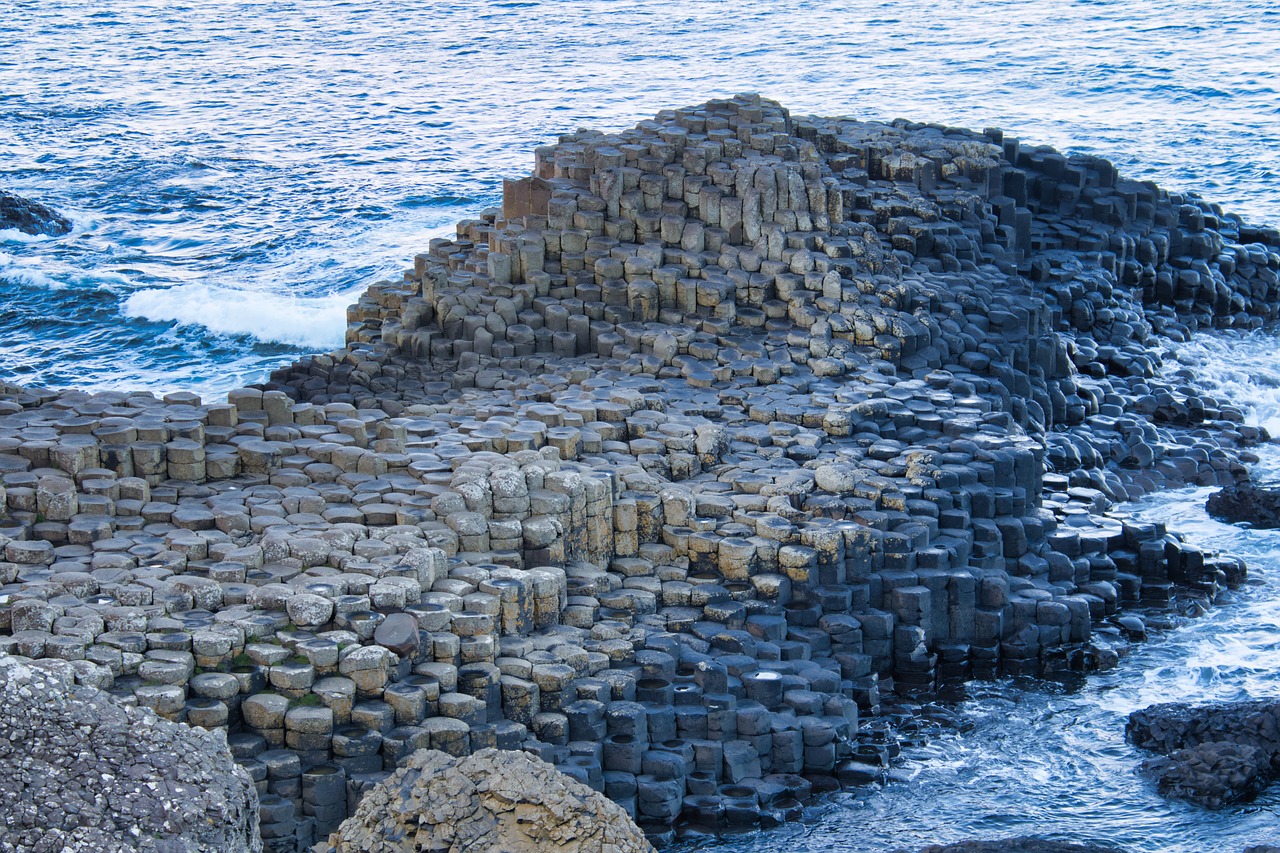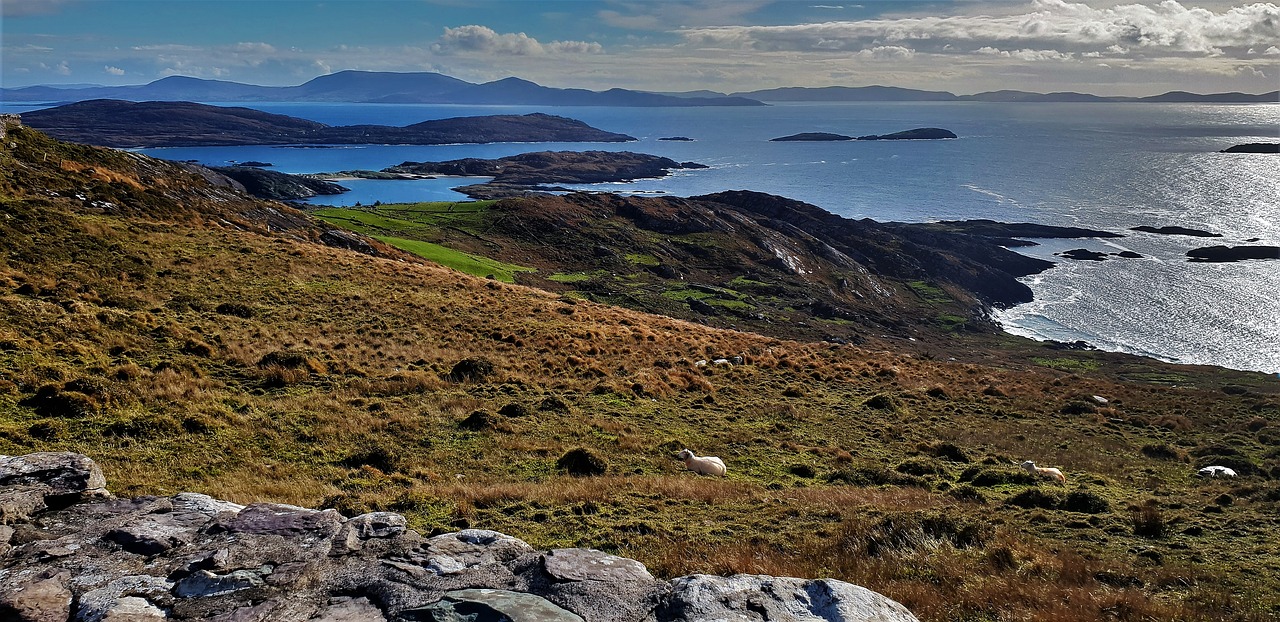Planning for a trip to Ireland and looking for a travel guide? We have got you covered. Find great travel tips, including when to visit Ireland, things to see and do in Ireland, travel packages, where to stay in Ireland, and getting around in Ireland.
Ireland is a small but vibrant country with a personality as robust as its famous stout. It’s unmistakably a jewel in Europe’s crown. No wonder it is known as The Emerald Isle. Whether you are traveling with your friends or family, there is something for everyone, covering all ages and activities.
From the charismatic capital, Dublin to the raw beauty of the Wild Atlantic Way, and the charming counties home to some of the world’s most friendly and welcoming locals enjoy a tour of Ireland filled with rich, cultural experiences and heart warming moments. Looking for somewhere to stay in Dublin, check out Rentola IE
From the Irish weather and knowing what to pack, to the struggles with visas and cell phones, we have a perfect Ireland travel guide and some advice on traveling on a budget.
Top Five Things to See and Do in Ireland
1. Get Down In Dublin
Dublin is synonymous with fun, colourful history, and the popular dry, dark stout. Fans of Ireland’s most famous export (Guinness) will find plenty of pubs that claim to serve the city’s best pint.
Today, Dublin, one of Europe’s most popular locations and tourists destinations thanks to the city’s Georgian architecture, music, and “craic.”
2. Admire the Cliffs of Moher
Stretching for eight kilometers (five miles) along the Atlantic coast and reaching a height of 214 meters, the Cliffs of Moher are home to a wide variety of birds. Also, they offer fantastic views that probably you have seen on paintings and postcards.
However, beware of the fog! It is not worth to visit the place when it’s too cloudy to see the cliffs. Therefore, save this fascinating activity for a nice day.
3. The Giant’s Causeway
The famous Giant’s Causeway is a natural phenomenon that looks like a staircase for giants. Cross the border into Northern Ireland to visit this magnificent tourist attraction. It is open daily from 9 am to 5 pm with some extended hours in specific months. The fee is €10 EUR ($11.50).
4. Drive along the Ring of Kerry
The Ring of Kerry stretches almost 125 miles (200 kilometers), and it’s filled with historical forts, winding coast roads, mountain terrain, and lakes. It’s one of Ireland’s most well-trodden and popular tourist trails.
Dramatic mountain passes, white-sand beached, rugged islands and a royal goat – the Ring of Kerry works its magic as you travel from rugged coastline to buzzing towns and charming villages.
Challenge yourself to trek the 125-mile (200-kilometer) Kerry Way!
Go slow, get off the beaten track, savour the rights, and see what has made the Ring of Kerry one of the most popular driving routes on the Island of Ireland.
5. Wander around Galway
Galway is famous for its horse racing festival every July. It’s popular with hundreds of thousands of tourists from around the world. Connemara, the filming location for The Quiet Man, is a must-see, along with Kylemore Abbey, the beautiful Benedictine monastery. Galway City is a hub for musicians, students, and writers.
When to Visit Ireland
Ireland is a good destination to visit year-round thanks to its mild, temperate climate. Keep in mind that you are guaranteed to experience a lot of rain throughout your visit (it isn’t called the Emerald Isle for nothing).
That being said, it rarely snows outside the mountainous areas, and it never gets too cold across the island. During winter, expect drizzly days coupled with short daylight hours, but temperatures rarely drop below freezing. The average daily temperature is 45°F (7°C).
June, July, and August (summer months) are the warmest months. During this time, Ireland’s decked out in full, lush glory. However, remember that this is the peak season, and you will compete for space and hotel rooms/hostel dorms. Prices will rise as well. The average temperatures during this period are between 59-68°F (15-20°C) but can rise to 77°F (25°C) or more.
Shoulder season (March to May and September to November) is also a good time to visit Ireland. There is less congestion at various tourist sites, temperatures are mild, and Ireland is just as beautiful and charming as ever. However, expect more rainfall during this period. Pack accordingly.
Ireland Travel Costs
Accommodation – The average price of a hostel dorm room is €10-20 EUR ($12-23) a night. You can find private double rooms ranging from €35-60 EUR ($40-69). Many hostels provide free breakfast, free linens, and free Wi-Fi.
Budget hotels that include a private bathroom will average around €50 EUR ($56). Some hotels include an Irish breakfast (beans, sausage, and fried eggs). In bigger cities, like Dublin, you will pay an extra €9-13.50 EUR ($10-15) per night.
Private rooms average around €45 EUR ($50) per night, while shared rooms start from €18 EUR ($20). Full apartments with a kitchen will cost you €54 EUR ($60).
Food – The price of fast food items averages €4 EUR ($5), while a simple meal (like fish and chips or Irish stew) at a pub will cost you around €9-14 EUR ($10-16). You will pay an additional €18 EUR ($21) for a meal with a drink at a more upscale restaurant.
If you go out early for lunch or dinner, you will find several restaurants that offer “early bird” specials, and you can buy full meals for a fraction of the price during regular dining hours. These specials are usually midweek and from specific times, like 6 to 7 PM. Visits the pubs for the best value food! Enjoy a local meal, with the locals, at local prices.
If you plan to cook your meals, then set aside €50-60 EUR ($57-69) per week for groceries that’ll include chicken, vegetables, pasta, and other basic foods.
Ireland Travel Guide: Money Saving Tips
Ireland trip shouldn’t break the bank. While there is nothing here that’ll cost a ton of money, it is still not the cheapest place in the world, and you should watch your spending, especially on all the pints you will probably drink. Follow these tips to help you save money during your Ireland trip:
1. Student discounts
With a valid student ID, you can get discounts of up to 50% to many museums, buses, and attractions throughout the country.
2. Drink less
Ireland is renowned for a strong pub culture. It’ll hit your wallet hard. Visit happy hours, drink at home, or skip drinks altogether to reduce the cost.
3. Eat the pub foods
Besides good, hearty local Irish foods, eating at the pubs will not destroy your wallet.
4. Get an OPW Heritage Card
If you love to tour heritage sites, you should pick up an OPW heritage card. With this card, you will have free access to major attractions, including many castles throughout the country. Adults can get the card for €25 EUR ($29). This is important for people visiting many cities in the country!
5. Couch surf
Couch surfing connects you with locals who’ll give you not only free accommodation but also a tour guide who will introduce you to many great places to tour.
6. Rideshare
Use the ridesharing service BlaBlaCar if you are flexible in your schedule and catch rides with the locals between cities. All drivers are verified, and it is safe (though sometimes ride do not show up, and that’s why you should be flexible).
7. Eat early
Many restaurants provide budget dinner options if you go for dinner early (usually before 6 PM). You will not have as much variety as it is a set menu, but it’ll be much cheaper!
How to Get Around Ireland
City Transportation
Ireland has first-rate public transportation! Whether you are on a train or bus, expect friendly drivers, timely departures, and free Wi-Fi. Bus trips in Dublin cost around €3 EUR ($3.40) for a journey, while it is €2.40 EUR ($2.75) in Galway, and £1.60 GBP ($2.05) in Belfast if you cross the border into Northern Ireland.
Also, there is an electric rail system and a tram network. A LEAP card (a card you can top up to use on public transportation) enables you to use all public transportation options for low prices up to 31% compared to cash tickets.
You can use the LEAP card in Galway, Belfast, Cork, Waterford, and Limerick, although each city has different transportation options.
Bus
Ireland is a small island; therefore, you will not find very many routes that are longer than 5 hours. That means low prices. You will pay around €17 EUR ($19.50) for longer bus journeys, such as Dublin to Belfast in Northern Ireland. A bus takes about 3 hours from Dublin to Galway, and the trip will cost you about €25 EUR ($28).
Train
Irish Rail and Northern Ireland Railways serves the Republic and the North respectively. The Dart (Dublin Area Rapid Transit) serves the coastal/city areas from Howth to Malahide, and Greystones in County Wicklow.
While you cannot book NI Railways tickets online (bookings at the station only), you can with Irish Rail, and you will often get much great travel deals this way. Still, taking a bus is often much cheaper.
Getting from Dublin to Cork by train costs about €45-65 EUR ($52-75), and takes about 2½ hours. Getting from Dublin to Galway by train costs about €35-55 EUR ($40-63) and takes about 3 hours, which is almost €10 EUR ($11.50) more than the bus fare for the same route.
Bus & Rail Passes
Ireland have many bus and rail passes that might suit your travel plan:
Open Road Pass – 3 days of unlimited travel out of 6 consecutive days on Bus Éireann for €60 EUR ($68).
Trekker Four Day – Unlimited travel on the Irish rail within four days, for €110 EUR ($125)
Irish Explorer – 5 days of unlimited Irish Rail travel within a 15-day window consecutive for €160 EUR ($182)
Sunday Day Tracker – This deal for a day of unlimited travel (Sundays only) on Translink trains and buses in the North costs only £7.50 GBP ($10).
Belfast Hop on Hop off – Ideal for Sightseeing & visiting all of the main attractions while in Belfast, prices range from £11 Child to £73 for a family pass.
If you are looking for a place to stay during your vacation in Ireland, contact Donegal Thatched Cottages to book a quality and affordable traditional Irish cottage.




